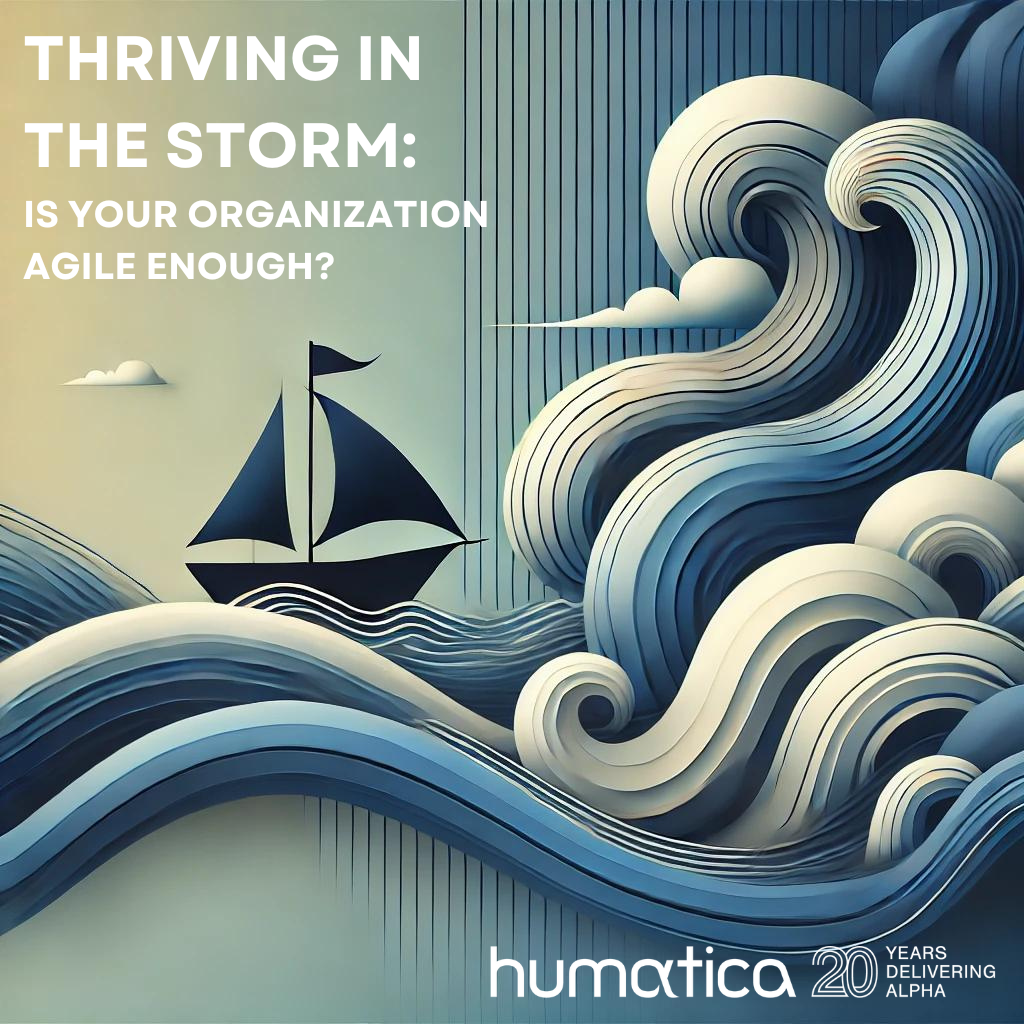
The global economy in 2024 resembles a rollercoaster more than ever before. Geopolitical tensions, technological disruptions, and shifting consumer behaviours have created a perfect storm of uncertainty. For most companies, this volatility presents both a formidable challenge and a unique opportunity. Those who can master the art of value creation in turbulent times will emerge as the true winners.
In the words of legendary investor Warren Buffett: “Be fearful when others are greedy, and greedy when others are fearful.” In today’s market, fear is palpable. But for the astute private equity investor, this fear signals opportunity. The question is: How can companies not just weather this storm, but harness its winds to propel them to new heights?
The answer lies not in retreating to safe harbours or engaging in a frantic race to the bottom. Such short-sighted strategies may offer temporary shelter, but they ultimately leave firms ill-equipped for the journey ahead. Instead, the key to thriving in this volatile landscape is to build organizations that are inherently resilient – capable of adapting swiftly to change and seizing opportunities that others might miss.
In times of economic turmoil, there’s an almost irresistible urge to slash costs, reduce headcount, and postpone investments. It’s the corporate equivalent of battening down the hatches. But there’s a crucial distinction to be made here. Strategic optimization – trimming genuine inefficiencies and redirecting resources to high-potential areas – can be a powerful tool for resilience. The danger lies in indiscriminate cost-cutting that sacrifices long-term value for short-term gains.
When fear drives decision-making, companies risk entering a downward spiral. Across-the-board cuts often lead to diminished product quality, stifled innovation, and talent exodus. It becomes a race to the bottom where the finish line is irrelevance.
In this landscape, organizational agility isn’t just nice to have – it’s essential for survival and growth. The ability to pivot quickly, seize unexpected opportunities, and adapt to changing market conditions is what separates the winners from the losers. But how does one cultivate this crucial agility?
The answer lies in the human element of the organization. It’s about creating an environment where change isn’t just accepted but embraced and driven from within. This requires a fundamental shift in organizational culture and behaviour.
Imagine a company where every employee, from the C-suite to the frontline, approaches each day with a growth mindset. Where challenges are seen not as insurmountable obstacles, but as opportunities to learn and innovate. Where ideas flow freely across departments, unhindered by bureaucratic silos. Where decisions are made swiftly at all levels, powered by a sense of ownership and trust.
This isn’t a utopian fantasy. It’s a description of the kind of agile, resilient organization that thrives in volatile markets. And it’s achievable through focused effort and commitment.
The journey begins with leadership. Management teams must embody the behaviours they wish to see. If you want an agile organization, demonstrate agility in your own decision-making and actions. Foster an environment where team members feel empowered to take calculated risks and voice dissenting opinions without fear of retribution.
Invest in your people, even – especially – in uncertain times. This sends a powerful message about your commitment to long-term success and prepares the organization for future challenges.
Additionally, technology can be a powerful enabler of organizational agility, but it’s not a silver bullet. Implement tools that streamline workflows, boost efficiency, and facilitate rapid decision-making, but remember that technology is only as effective as the culture and processes that support it.
The path to resilience in today’s volatile markets doesn’t lie in battening down the hatches and hoping for the storm to pass. It’s about building an organization that can dance in the rain – one that’s agile, adaptive, and always ready to seize new opportunities.
By fostering these key behaviours and creating a culture of agility, leaders can position their companies not just to survive economic uncertainty, but to emerge stronger and more competitive than ever before.
In the high-stakes game of private equity, the ability to thrive amidst chaos could make all the difference between stellar returns and missed opportunities. As we navigate the turbulent waters of 2024 and beyond, one thing is clear: those who master the art of organizational agility will be the ones writing the success stories of tomorrow.

The private equity (PE) playbook is evolving. Rapid buy-and-sell cycles are giving way to continuation vehicles and longer hold periods, demanding a new approach to…
Read more
The private equity landscape continues to evolve, influenced by macroeconomic shifts and emerging trends. The ecosystem is becoming increasingly polarized, with firms gravitating towards either…
Read more
Why is it that most mergers, reorganizations, and downsizings fail to generate their anticipated full value? The main reason is that a lack of effective…
Read moreReceive our news and valuable perspectives on organizational effectiveness each month.